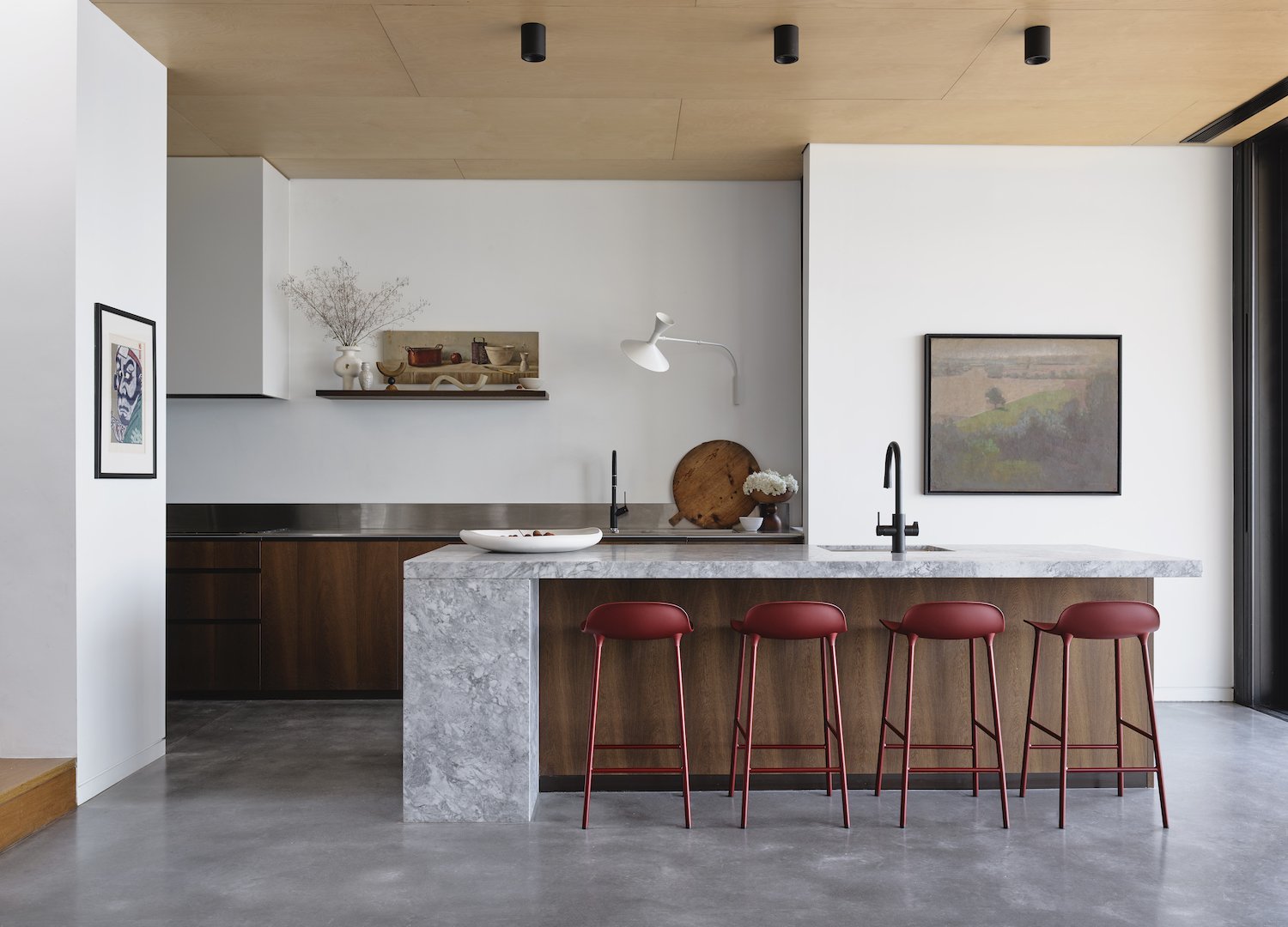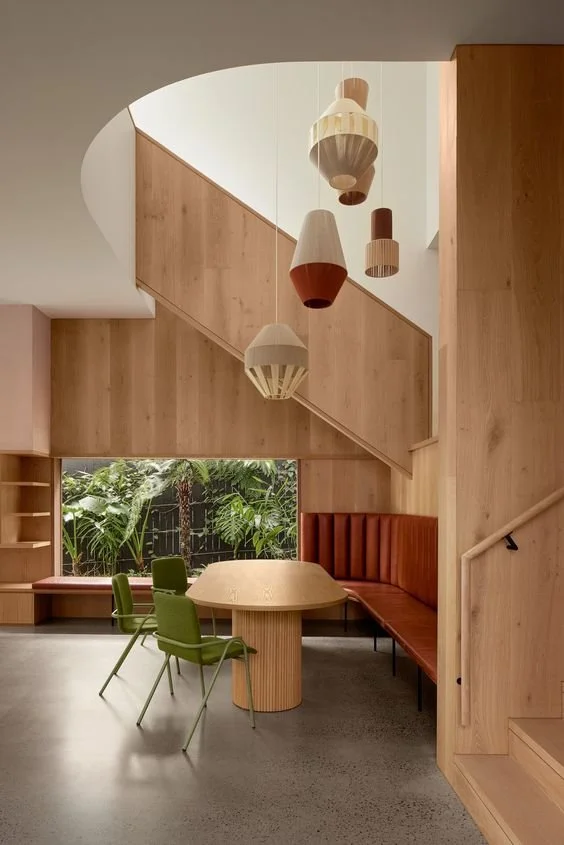Lighting design is an essential part of creating a beautiful and functional kitchen. Whether you want to highlight your cabinets, brighten up your work areas, or set the mood for a cozy meal, you need to plan your lighting scheme carefully. Here are some tips to help you light up your kitchen in style:
Warm or Cool: It is important to choose the right colour temperature for your lights. Colour temperature is measured in kelvins and affects how warm or cool your lights look. For a kitchen, you want to choose a colour temperature that is between 2700K and 4000K, which is neutral and natural. Avoid too warm or too cool colours, as they can distort the appearance of your food and cabinets.
Layering: Use different types of lighting to create layers of light: You can combine ambient lighting (ceiling lights), task lighting (under cabinet or pendant lights), and decorative lighting (in-cabinet or plinth lights) to achieve different effects and moods. Below we discuss each lighting type in more depth.
General/ Ambient Lighting:
General or ambient lighting provides overall illumination to the entire kitchen. It ensures that the space is evenly lit, making it safe and functional for daily activities. Common options for general lighting include recessed ceiling lights, flush or semi-flush mount fixtures, and track lighting. Consider the size of your kitchen and the desired brightness level when determining the number and placement of these fixtures. We talk in more detail about required lumen levels near the end of this article. It’s important to note that aging eyes require more contrast to see than they did during their younger years, as well as greater illumination levels. In some cases, you may need to add 2-3 times more light output.
Task Lighting:
Task lighting is essential for specific areas where focused illumination is needed for activities such as food preparation, cooking, and reading recipes. It is vital that the positioning of task lighting is carefully considered. There is no point in having the light shine on the back of the cook’s head, creating a large shadow over the prep zone! Under-cabinet lighting is a popular choice for task lighting as it illuminates the benchtop area, reducing shadows and enhancing visibility. LED strip lights, or linear light bars can be installed under the upper cabinets to provide direct, glare-free lighting for your work surfaces. Make sure to always install your LED strips within an aluminium channel. This works as a heat sink and means your lighting will last longer. If silicone channels are needed to work around curves, lower the wattage to avoid overheating and premature burn out.
Accent Lighting:
Accent lighting adds visual interest and enhances the ambiance of your kitchen. It is used to highlight architectural features, artwork, or specific objects in the kitchen. For example, recessed spotlights or adjustable track lighting can be used to draw attention to a beautiful backsplash, a display shelf, or decorative elements. This type of lighting creates depth and adds a touch of drama to the overall design.
Pendant Lights:
Pendant lights are a stylish and versatile option for kitchen lighting. But beware - they rarely provide functional light and are more of a decorative addition. They hang from the ceiling and can be installed over the kitchen island, dining table, or breakfast bar. Pendant lights come in various styles, sizes, and materials, allowing you to customize the look of your kitchen while providing focused light for specific areas.
Natural Light:
If your kitchen has windows or access to natural light, make the most of it. Natural light can create an inviting and energizing atmosphere. Consider window treatments that allow for privacy while still letting in natural light. Skylights are a fantastic option but beware of the reflectiveness of your benchtop and cabinetry if they’re going to be bathed in sunlight. Stainless steel and high gloss may not be the best choice in this situation! Avoid west facing windows in your kitchen as the afternoon sun is very hot and harsh. Another thing to consider if installing skylights, is the placement of your lighting. Make sure to provide enough ceiling space for general and task lighting, (and all the wiring) for once the sun has gone down.
Lumens: Check the lumens level of your lights. Lumens measure how bright your lights are. For a kitchen, you want to have enough lumens to illuminate your space without creating glare or shadows. A good rule of thumb is to have about 300 lumens per square meter for ambient lighting, 500 lumens per square meter for task lighting, and 150 lumens per square meter for decorative lighting.
Controls: Installing dimmer switches and lighting controls can give you flexibility in adjusting the brightness levels and setting the mood in your kitchen. Dimmers allow you to vary the intensity of the lighting, making it suitable for different tasks and occasions. This feature is particularly useful in areas where you entertain guests or enjoy casual dining. Installing a sensor on your LED strip lighting for those late-night snacking escapades could also be something worth considering.
Remember, when selecting lighting for your kitchen, aim for a combination of different types of lighting to create a layered and well-balanced effect. Consider the functionality, aesthetics, and overall design of your kitchen to choose lighting fixtures that complement the space and meet your specific needs. We can’t emphasise enough the benefit of working with a qualified lighting professional when it comes to designing a lighting plan for your home. If any of this has resonated with you, please contact us and we can point you in the direction of some incredibly talented lighting designers around NZ!




